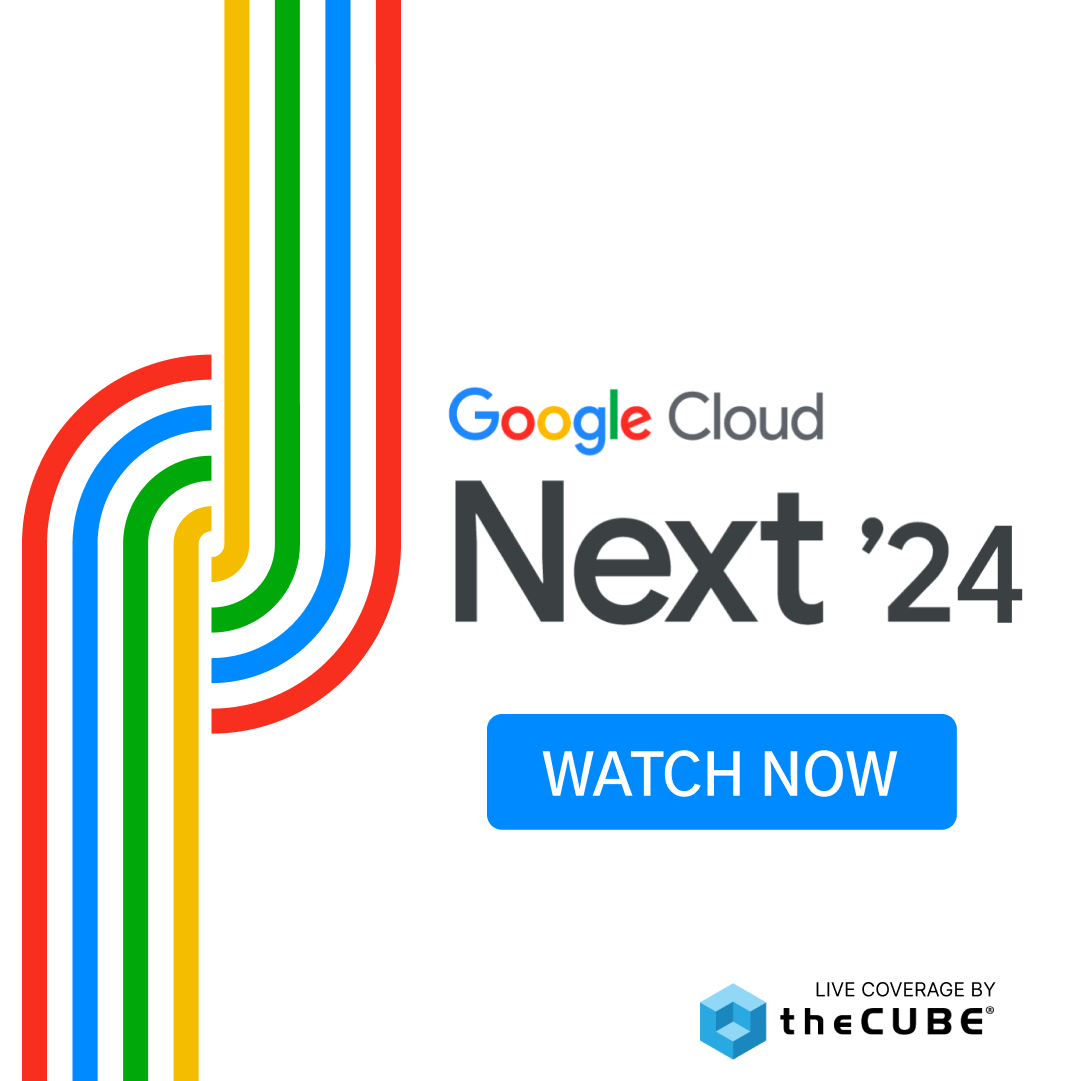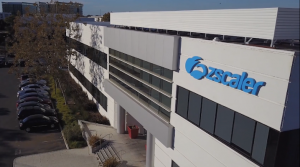One wrong move can foreclose innovation | #IBMIoD
![]() Live from IBM Information on Demand 2013 in Las Vegas, John Furrier and Dave Vellante, theCUBE co-hosts, interviewed John Mancini, author of #OccupyIT Manifesto.
Live from IBM Information on Demand 2013 in Las Vegas, John Furrier and Dave Vellante, theCUBE co-hosts, interviewed John Mancini, author of #OccupyIT Manifesto.
So what exactly is OccupyIT?
“The idea was that, as businesspeople, it had come time to take technology seriously. Technology was not just the hair ball in our organizations that we had to try to make as small as possible, but that it was the key enabler for our businesses moving forward and so it was time for the business to occupy IT,” explained Mancini.
“We have three huge disruptors in the enterprise IT:
- Consumerization
That radically changes how we look at applications, how we interact with enterprise systems, how we deploy them, and it increases the level of frustration that the business has with how long it takes to deploy things.
- Cloud and Mobile
What that basically does is creating an environment in which people can work anywhere, anytime, from anyplace and that can transcend the firewall.
- Organizations’ organization
The third disruptor is within our organizations. We have a motion to flatten the organizations to be less hierarchical and to be more responsive.
The mix of those three things together basically changes IT from essentially being a cost center in an organization to a value creator. If you’re a value creator within the organization, then the business better pay attention to it.
Occupy IT had 5 demands:
– commit to the cloud
– mobilize everything
– make the business social
– digitize anything that moves
– prepare for extreme information management
What can I do tomorrow? asked Vellante.
“That’s the challenging part,” replied Mancini. “If you’re an organization at scale, then you really gotta think through this question, figure out how you challenge IT to be responsive to the business, and you got to take a different look at it if you’re operating at scale than if you’re just a small business.”
Where does that social business and general analytics for social businesses fit into your aim agenda and your constituents? asked Vellante.
“Data is a massive challenge in a massive opportunity at the same time,” replied Mancini. “On the challenge side you’ve got these ever-cascading piles of content. We’ve got this hoarder problem within our organizations where nobody can get rid of anything and the cumulative impact of that has serious business risk it cost to the organization.
“So, simultaneously, on] the other side you’ve got this accumulation of information that previously has been mostly at rest within organizations and now we’re finally starting to figure out how to put that in motion, how to understand what it is and how to apply meta-data where it doesn’t exist right now and essentially extract value from these huge digital landfills that are out there.”
“The Ying and Yang of this whole thing is that you got both challenging and massive opportunity,” noted John Mancini.
When the tough gets going
Vellante furthered the discussion by stating that “I used to think that it was the job of the CIO to balance that information asset-liability management, but there’s a new line of thinking that it’s a separate function.”
Mancini agreed that “There’s clearly a need for organizations to think through the question of who has that ultimate responsibility for the information assets.”
Vellante jumped in again to highlight the delicate balance it poses: “If you make the wrong move, you can foreclose innovation.” The problem Mancini sees is that “in many organizations the CIO is really a CTO. He is managing the technology, rather than the information.”
Mancini continued, “The CIO job is essentially the most vulnerable job in corporate America. The Harvard Business Review recently did a survey and they looked at what the CEO thought of the CIO and found out that is a tough place to be in right now because you are expected to do all the things that you previously did and then you’re also expected to transform the organization through applying technology in innovative ways. The data suggest that this is a very vulnerable place to be in an organization right now, because the challenge is so hard.”
Future predictions
In 42 percent of the organizations the volume of paper records is still increasing, but “we’re going to be in a hybrid world for the foreseeable future, a world that has paper in it, as well as on-premise and cloud-based information,” said Mancini. “We’re gonna be in a world that has both traditional structured kinds of documents as well as wild and crazy social content, and we’ve got to figure out how we apply governance structures across that.
“If you’re an organization at scale you have to think about this from a platform perspective and not just ad hoc it, because if you don’t think about it from a platform perspective, you don’t have the ghost of a chance of figuring that out.”
Do you think that emerging economies have a major advantage because they don’t have this legacy the deal with? asked Vellante.
“A little bit,” replied Mancini. “It’s also a dichotomy between large and small organizations too. If you’re a small organization, you have a lot more room for operating without worrying about what you did before.
“If you’re a big organization, our data typically suggest that you have eight to ten different content management systems that were deployed in the 80’s and 90’s to handle particular mission critical departmental processes. Now you got to figure out not only how to federate that and manage across that, but you also have to figure out how to manage in terms of all these cloud silos that are emerging all over the place, as well as unconventional forms of content like social.”
A message from John Furrier, co-founder of SiliconANGLE:
Your vote of support is important to us and it helps us keep the content FREE.
One click below supports our mission to provide free, deep, and relevant content.
Join our community on YouTube
Join the community that includes more than 15,000 #CubeAlumni experts, including Amazon.com CEO Andy Jassy, Dell Technologies founder and CEO Michael Dell, Intel CEO Pat Gelsinger, and many more luminaries and experts.
THANK YOU









